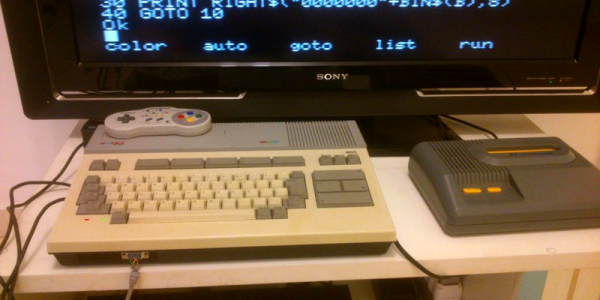It seems that the database containing descriptions of critical and unfixed bugs and/or vulnerabilities in some of the most widely used software in the world, including the Windows operating system, was hacked back in 2013. This database is basically gold for any security researcher, regardless of the color of their hat. To know which programs fail and the preconditions for that to happen is half an exploit right there.
Microsoft discovered the database breach in early 2013 after the highly skilled hacking group Morpho a.k.a. Butterfly a.k.a. Wild Neutron broke into computers at a number of major tech companies, including Apple, Facebook, and Twitter. The group exploited a flaw in the Java programming language to penetrate employees’ Apple Macintosh computers and then use them as pivots into the company internal network.
Official sources say that the Microsoft bug database was poorly protected, with access possible via little more than a password. Four years later, we have official confirmation that it happened. To measure the breach impact, Microsoft started a study to correlate the potential flaws in their databases and subsequent attacks. The study found that the flaws in the stolen database were actually used in cyber attacks, but Microsoft argued the hackers could have obtained the information elsewhere, and that there’s “no evidence that the stolen information had been used in those breaches.”
There is really no way to know besides asking the actual hacking group, which will most likely not happen… unless they are HaD readers, in this case they can feel free to comment.
[via Reuters]





 Generally speaking, gold leaf is incredibly fragile. In this process to yield the cleanest looking leaf the gold is not actually cut. Instead, the temporary tattoo film and backer are cut on a standard desktop vinyl cutter. The gold leaf is then applied to the entire film surface. The cut film/leaf can then be “weeded” — removing the unwanted portions of film which were isolated from the rest by the cutting process — to complete the temporary tattoo. The team tested this method and found that traces 4.5 mm or more thick were resilient enough to last the entire day on your skin.
Generally speaking, gold leaf is incredibly fragile. In this process to yield the cleanest looking leaf the gold is not actually cut. Instead, the temporary tattoo film and backer are cut on a standard desktop vinyl cutter. The gold leaf is then applied to the entire film surface. The cut film/leaf can then be “weeded” — removing the unwanted portions of film which were isolated from the rest by the cutting process — to complete the temporary tattoo. The team tested this method and found that traces 4.5 mm or more thick were resilient enough to last the entire day on your skin.

 Passive cooling is wonderful, and really drops the energy footprint of a data center, albeit a very small one which is being tested. Scaled up, I can think of another big impact: property taxes. Does anyone know what the law says about dropping a pod in the ocean? As far as I can tell, laying undersea cabling is expensive, but once installed there are no landlords holding out their hands for a monthly extraction. Rent aside, taking up space with windowless buildings sucking huge amounts of electricity isn’t going to win hearts and minds of the neighborhood. Undersea real estate make sense there too.
Passive cooling is wonderful, and really drops the energy footprint of a data center, albeit a very small one which is being tested. Scaled up, I can think of another big impact: property taxes. Does anyone know what the law says about dropping a pod in the ocean? As far as I can tell, laying undersea cabling is expensive, but once installed there are no landlords holding out their hands for a monthly extraction. Rent aside, taking up space with windowless buildings sucking huge amounts of electricity isn’t going to win hearts and minds of the neighborhood. Undersea real estate make sense there too.










